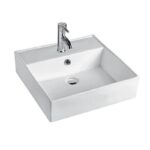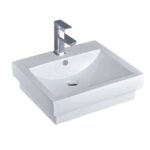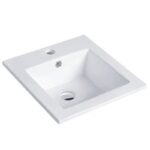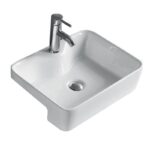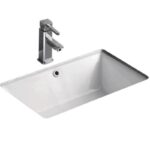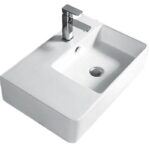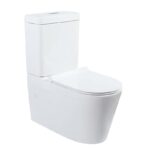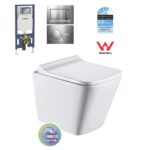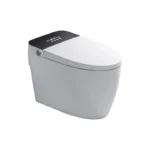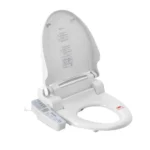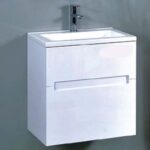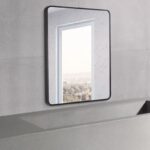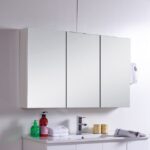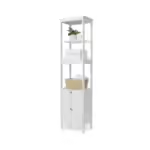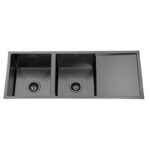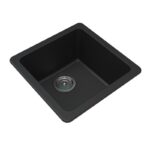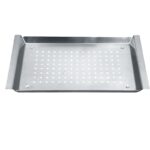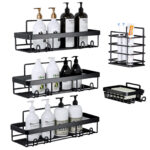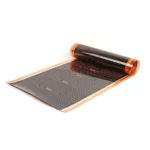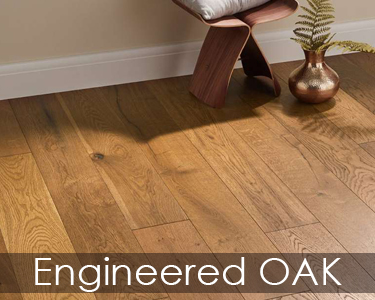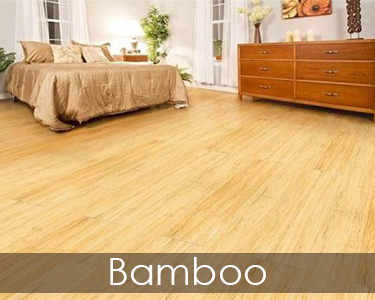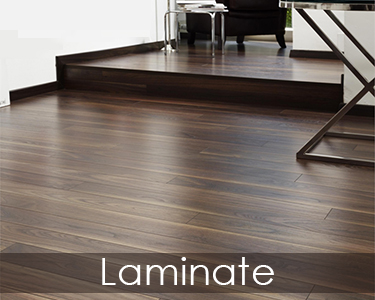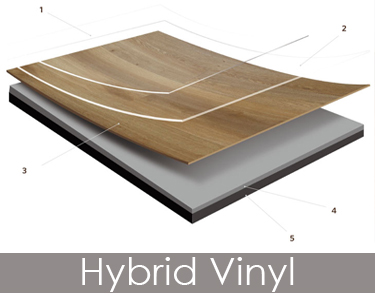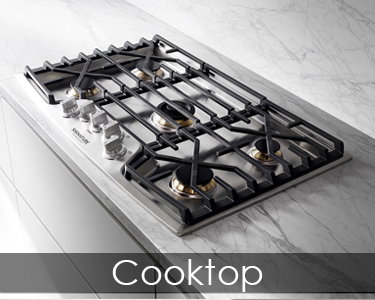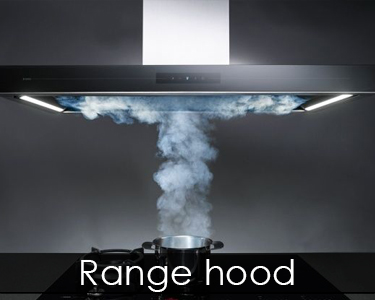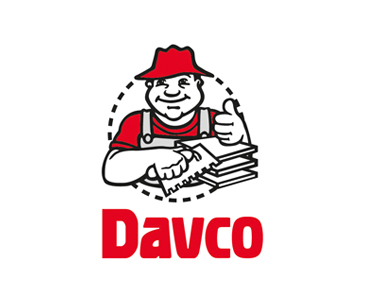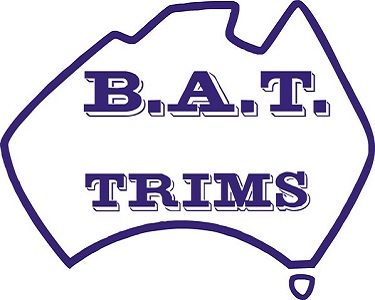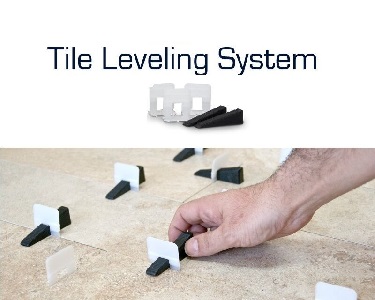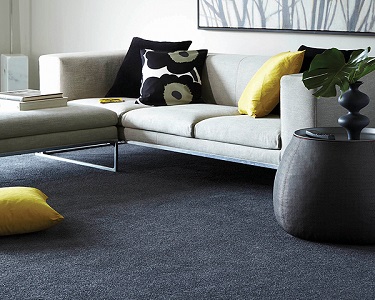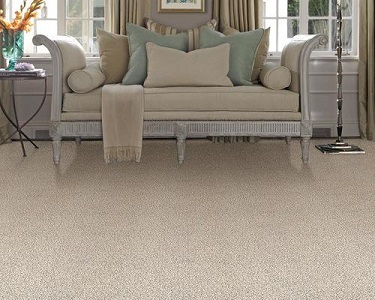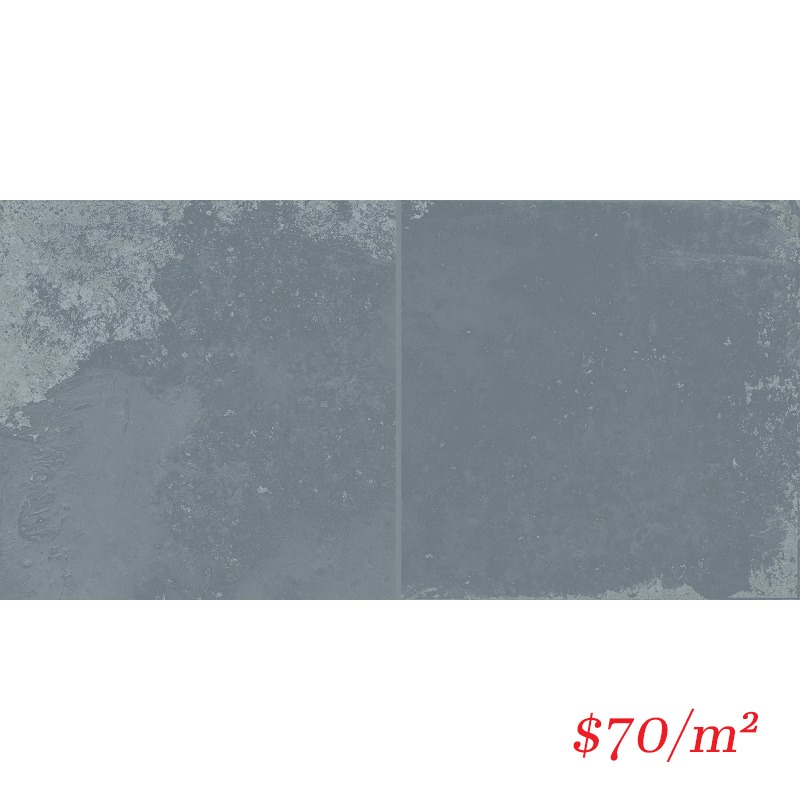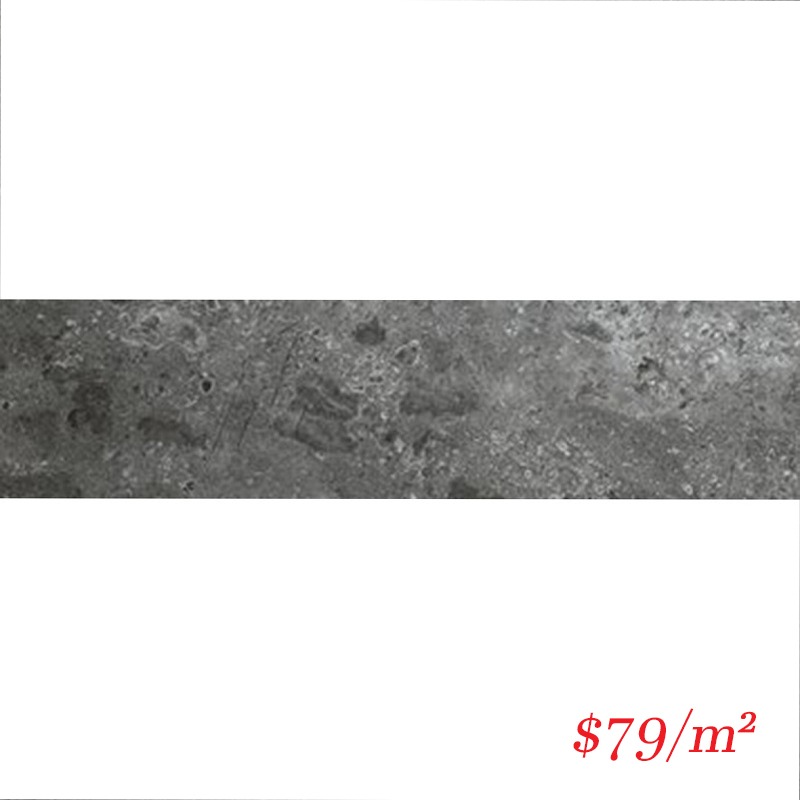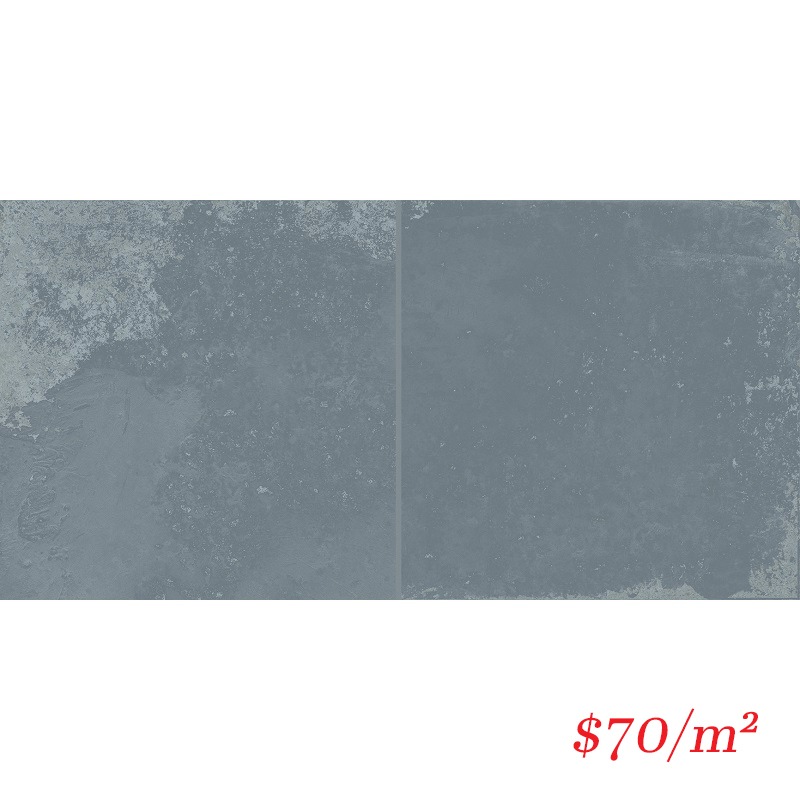A mainstay of contemporary house design, bathroom tiles provide aesthetic appeal and utility. Over time, though, homeowners can find their gorgeous tiles looking ugly yellow. Apart from ruining the appearance of your bathroom, this discoloration may point to more severe problems such as inadequate upkeep, mineral accumulation, or mould. Fortunately, your bathroom tiles in Melbourne will remain fresh and new with correct upkeep and preventative actions. If you need the finest bathroom tiles, look no further than VICTILES.
Common Causes of Yellowing Bathroom Tiles
Let us have a closer look at the most common reasons behind the yellowing of bathroom tiles and how to avoid and deal with the problem:
Hard Water and Mineral Buildup
- Hard water includes minerals like calcium and magnesium, which create a yellow residue in soap scum and mineral buildup. Soap combined with hard water helps to produce scum on tile surfaces, particularly affecting bathroom tiles in Victoria.
High Moisture Levels
- High moisture levels can drive mould and mildew to flourish, particularly in grout lines, resulting in yellowish stains. The use of R11 bathroom tiles can help mitigate this issue, as these tiles often have enhanced slip resistance and may be easier to clean.
Cleaning Products and Aging Tiles
- Over time, some cleaning products—especially those based on bleach—may cause discoloration. Older or low-quality tiles, including some European bathroom tiles in Melbourne, may lose their natural color, which would give them a yellowed look.
How To Prevent Yellowing of Bathroom Tiles
Step1: Properly Ventilate the Bathroom
Inadequate ventilation causes humidity to develop, which provides ideal conditions for mildew and mold growth. To eliminate extra moisture, run exhaust fans both inside and outside showers. To boost air circulation, open windows or doors. In bathrooms without windows, lower humidity levels with dehumidifiers.
Step 2: Wipe Tiles After Every Shower
Water droplets left on tile surfaces encourage mineral accumulation. To prevent hard water stains, wipe down tiles with a microfiber cloth or squeegee after every shower. Keep doors and shower curtains dry and clean. Regular wiping of glass doors and washing shower curtains will help reduce yellow marks.
Step 3:Use Tile-Friendly Cleaning Agents
Some cleaning products could damage the finish or discolor your tiles. Steer clear of strong chemicals like bleach or ammonia. Vinegar mixed with water (1:1 ratio) works well for removing mineral deposits and soap scum, particularly from warm beige bathroom tiles. For tough spots, make a paste with baking soda and water.
Step 4:Manage Hard Water Problems
Hard water is a key culprit behind yellow bathroom tiles. Mineral deposits build up over time, staining grout and tiles. Using water softeners or anti-scale sprays can help reduce tile staining by lowering the mineral content in the water. Consider using non-slip bathroom tiles to enhance safety while maintaining aesthetics.
Step 5: Prevent Mold and Mildew Growth
Mold and mildew thrive in moist conditions and often cause yellow or greenish stains on tiles and grout. Protect grout from stains by using a sealer every few months. Clean mold with vinegar or hydrogen peroxide and address any leaks promptly.
Step 6: Seek Professional Help If home solutions are not enough, consider hiring a professional tile cleaning service. They use specialized techniques to safely remove deep stains. You may also want to finish your tiles with a protective polish and replace worn-out tiles as needed.
Key Takeaways
Daily maintenance routines, good ventilation, frequent cleaning, and preventative actions like water softeners or sealing grout will help to prevent yellow stains on your bathroom tiles. Maintaining your bathroom tiles requires time and effort, but it will prevent deterioration and keep your bathroom looking perfect. A well-kept bathroom boosts both the ambience of your home and its overall value. By acting early, your tiles will remain fresh, bright, and inviting for years to come.

